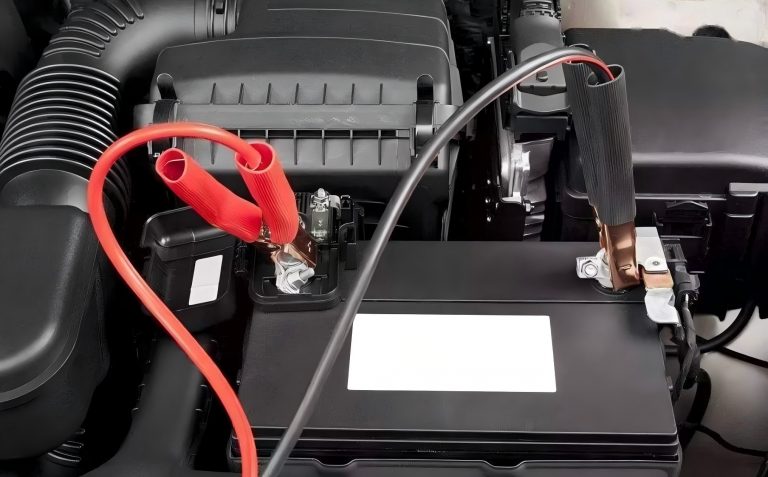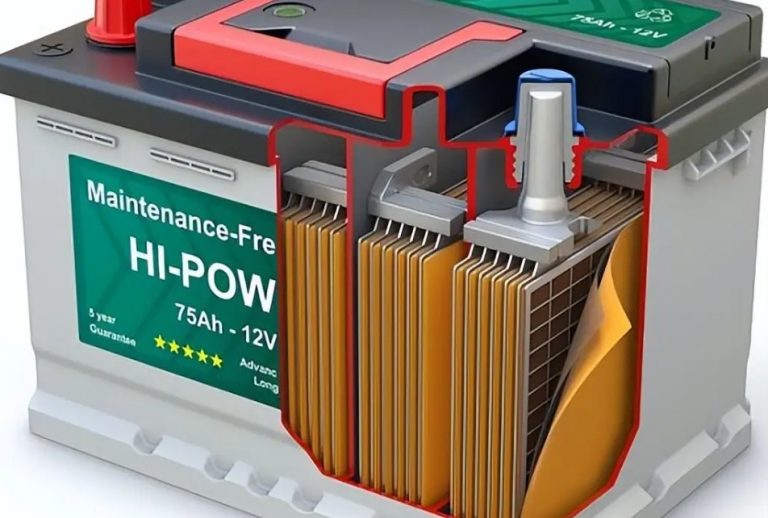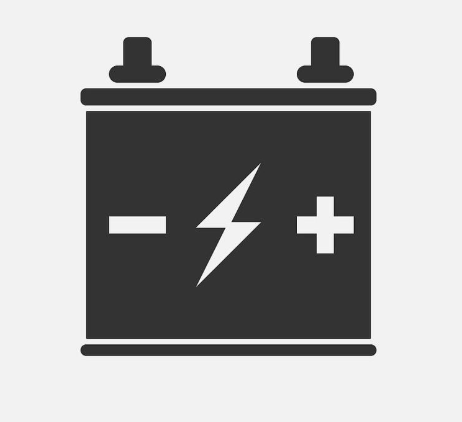How to Neutralize Battery Acid? A 2025 Complete Guide
If you’ve ever dealt with a leaking battery, you might have encountered a dangerous substance known as battery acid. Whether you’re maintaining a car battery, handling industrial batteries, or just dealing with a small household spill, knowing how to neutralize battery acid safely is crucial. In this guide, I’ll walk you through what battery acid is, why neutralizing it is important, how to do it properly, and the cost considerations of different methods.
1. What Is Battery Acid?
Battery acid refers to the highly corrosive liquid inside lead-acid batteries, commonly found in car batteries, backup power systems, and industrial machinery. The primary component of battery acid is sulfuric acid (H₂SO₄), a strong acid that reacts with lead plates inside the battery to generate electrical energy.
Chemical Composition & Reaction
Sulfuric Acid (H₂SO₄): The active component in most lead-acid batteries.
Water (H₂O): Diluted within the acid to form an electrolyte solution.
Chemical Reaction in a Battery:
Pb+PbO2+2H2SO4⇌2PbSO4+2H2OPb + PbO₂ + 2H₂SO₄ ⇌ 2PbSO₄ + 2H₂O
When a battery discharges, lead (Pb) and lead dioxide (PbO₂) react with sulfuric acid to form lead sulfate (PbSO₄) and water. This process is reversible when the battery is recharged.
Historical Development & Alternatives
Lead-acid batteries have been in use since the 19th century due to their reliability and cost-effectiveness.
Modern Alternatives:
Lithium-ion batteries (longer lifespan, no acid leakage).
Nickel-metal hydride (NiMH) batteries (used in hybrid cars, safer than lead-acid).
Solid-state batteries (next-generation technology with no liquid electrolyte).
While lead-acid batteries are still widely used, they require careful handling due to battery acid spills and potential hazards.
2. Why Do You Need to Neutralize Battery Acid?
Battery acid is extremely corrosive and dangerous, and spills can cause:
✅ Severe burns on skin and eye damage.
✅ Corrosion of metal surfaces (cars, tools, and battery terminals).
✅ Environmental contamination if not disposed of properly.
Neutralizing the acid immediately can prevent damage, reduce health risks, and make cleanup safer.
3. How to Neutralize Battery Acid?
Now, let’s go step by step through the proper neutralization process.
⚠️ Safety First!
Before you start, wear:
✔ Rubber gloves (to protect your hands).
✔ Goggles (to prevent eye exposure).
✔ Protective clothing (battery acid can ruin fabrics and burn skin).
Step 1: Identify the Type of Spill
Small spills (on garage floors, tools, battery terminals) → Can be neutralized easily.
Large spills (from an industrial battery) → May require professional cleanup.
Step 2: Choose the Right Neutralizing Agent
To safely neutralize battery acid, you need a base (alkaline substance) to counteract the acidity. Common household and industrial options include:
| Neutralizer | Effectiveness | Availability | Cost |
|---|---|---|---|
| Baking Soda (Sodium Bicarbonate – NaHCO₃) | ✅✅✅ (Best for small spills) | Widely available | Low |
| Lime (Calcium Hydroxide – Ca(OH)₂) | ✅✅ (Used in industrial spills) | Construction supply stores | Medium |
| Ammonia Solution | ✅✅ (Used in some lab settings) | Hardware stores | Medium |
👉 Best Choice for Home Use: Baking Soda! It’s cheap, safe, and works quickly.
Step 3: Apply the Neutralizing Agent
Sprinkle baking soda directly onto the acid spill.
If the acid is liquid, mix baking soda with water (1:1 ratio) and pour it over the affected area.
You will see bubbling and fizzing—this means the acid is being neutralized.
Step 4: Clean Up the Area
Once bubbling stops, use a damp cloth or paper towel to wipe away the residue.
For larger spills, use a mop with a mild detergent.
Dispose of all contaminated materials properly (see next section).
4. Cost Analysis & Best Neutralization Method
The cost of neutralizing battery acid depends on the size of the spill and the materials used.
| Situation | Recommended Neutralizer | Estimated Cost |
|---|---|---|
| Small household spill | Baking soda (NaHCO₃) + water | <$5 |
| Car battery terminal cleaning | Baking soda + brush | <$10 |
| Large garage spill | Lime (Ca(OH)₂) or soda ash | $20-$50 |
| Industrial spill | Specialized neutralizing kits | $100+ |
💡 Best Budget Option: Baking soda is the cheapest and safest for most small spills.
💡 For Large Spills: Lime or commercial acid neutralizers are more effective but costlier.
5. Precautions & Best Practices
When working with battery acid, always follow these safety precautions:
✔ Do’s
✅ Work in a well-ventilated area to avoid inhaling fumes.
✅ Use proper protective gear (gloves, goggles, clothing).
✅ Keep neutralizing agents handy if you work with batteries frequently.
✅ Dispose of acid-soaked materials properly (local hazardous waste facility).
❌ Don’ts
❌ Never mix acid with strong bases too quickly—it can cause violent reactions.
❌ Don’t rinse acid spills with water alone—this can spread contamination.
❌ Never touch battery acid with bare hands!
Conclusion: Neutralizing Battery Acid Safely
Now you know what battery acid is, why it needs to be neutralized, and how to do it safely.
👉 Key Takeaways:
Battery acid (H₂SO₄) is highly corrosive and should be handled carefully.
Baking soda (NaHCO₃) is the best household neutralizer for small spills.
For industrial spills, lime or commercial neutralizers work better.
Proper disposal and safety precautions are essential to prevent harm.
If you frequently work with batteries, keeping a box of baking soda nearby is an easy and effective way to handle small acid spills. Stay safe and handle battery acid with caution!


















